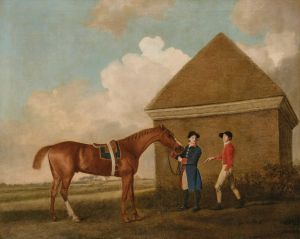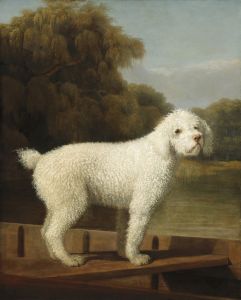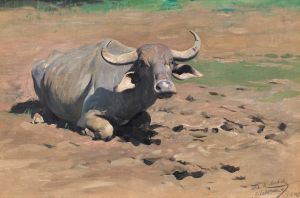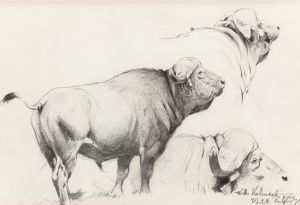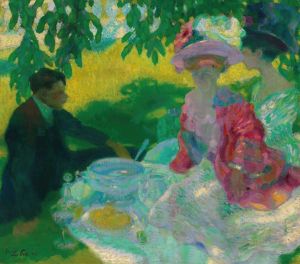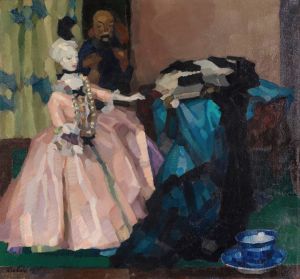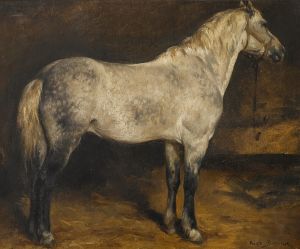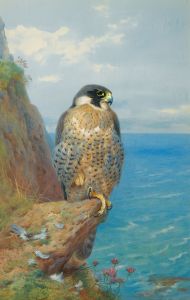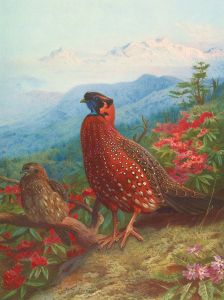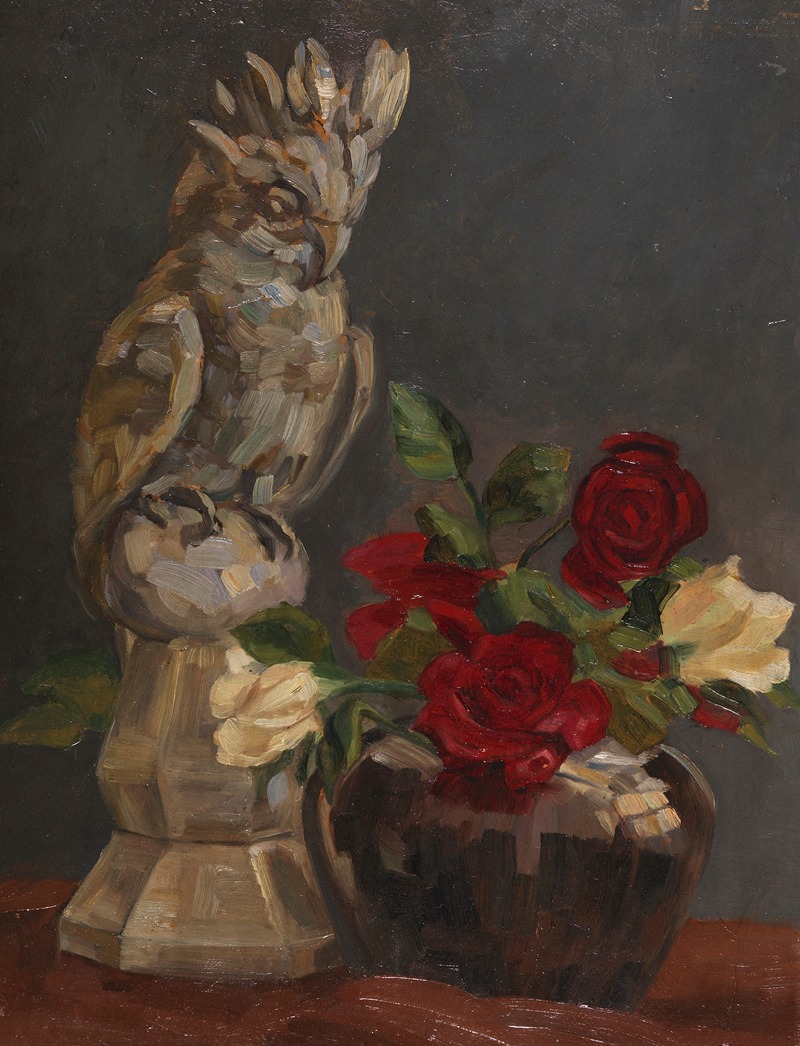
Der Kakadu
A hand-painted replica of Leo Putz’s masterpiece Der Kakadu, meticulously crafted by professional artists to capture the true essence of the original. Each piece is created with museum-quality canvas and rare mineral pigments, carefully painted by experienced artists with delicate brushstrokes and rich, layered colors to perfectly recreate the texture of the original artwork. Unlike machine-printed reproductions, this hand-painted version brings the painting to life, infused with the artist’s emotions and skill in every stroke. Whether for personal collection or home decoration, it instantly elevates the artistic atmosphere of any space.
Leo Putz, an Austrian painter known for his contributions to Impressionism and Art Nouveau, created the painting "Der Kakadu" (The Cockatoo) in the early 20th century. Putz was born on June 18, 1869, in Merano, which was then part of the Austro-Hungarian Empire. He studied at the Academy of Fine Arts in Munich, where he was influenced by the prevailing artistic movements of the time, including Impressionism and Symbolism.
"Der Kakadu" exemplifies Putz's skill in capturing light and color, hallmarks of the Impressionist style. The painting features a vibrant depiction of a cockatoo, a bird known for its striking appearance and lively personality. Putz's use of color and brushwork brings the bird to life, showcasing his ability to convey movement and emotion through his art. The painting reflects Putz's interest in nature and his ability to observe and represent the natural world with a keen eye for detail and a vibrant palette.
Throughout his career, Putz was associated with several art movements and groups. He was a member of the Munich Secession, an organization of artists who sought to break away from the traditional academic art of the time. This group was instrumental in promoting modern art in Germany and Austria, and Putz's involvement with them helped to shape his artistic direction. His work often featured elements of both Impressionism and Art Nouveau, characterized by fluid lines, organic forms, and a focus on natural beauty.
Putz's career was marked by both critical acclaim and commercial success. He exhibited widely across Europe, and his works were well-received by both critics and the public. His ability to blend different artistic styles and his focus on capturing the essence of his subjects made him a prominent figure in the art world during his lifetime.
In addition to his paintings, Putz was also a skilled illustrator and contributed to various publications. His illustrations often featured the same attention to detail and vibrant use of color that characterized his paintings. Putz's work as an illustrator further cemented his reputation as a versatile and talented artist.
"Der Kakadu" is a testament to Leo Putz's artistic vision and his ability to capture the beauty of the natural world. The painting remains an important part of his oeuvre and continues to be appreciated by art enthusiasts and collectors. Putz's legacy as an artist is marked by his contributions to the development of modern art in Europe and his ability to convey the vibrancy and dynamism of life through his work.
Leo Putz passed away on July 21, 1940, in Merano, leaving behind a rich body of work that continues to be studied and admired. His paintings, including "Der Kakadu," remain significant for their artistic innovation and their reflection of the cultural and artistic movements of the early 20th century.





